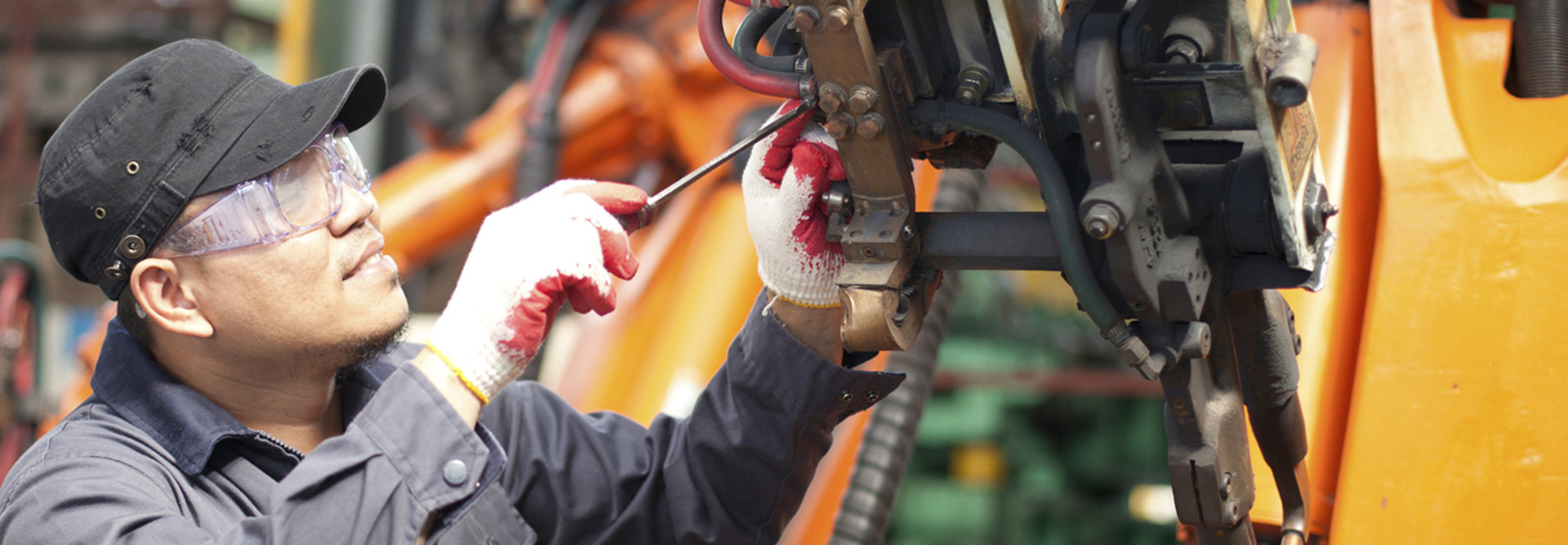Manufacturing Day Highlights the Need for a New Breed of High-Tech Workers
The factory workers of yesteryear may have been the backbone of the U.S. middle class for several decades, but as the manufacturing industry undergoes a tectonic shift, so too must its workforce.
Namely, as manufacturing goes high-tech, the reliance on unskilled labor in the industry is decreasing significantly, and the need for sophisticated, advanced workers is rising.
In honor of the significant role that manufacturing has played in the U.S. economy, and in an effort to spotlight and revitalize interest in the sector, President Barack Obama officially proclaimed Oct. 3 National Manufacturing Day.
“My administration continues to encourage manufacturing production and investment because the next revolution in manufacturing should be an American revolution, and our Nation's promise of opportunity should be within the reach of everyone willing to work for it,” said Obama. “The Federal Government is leading the way by expanding access to more than $5 billion worth of Federal technology. Together, we are building an economy that works for all Americans.”
At the International Manufacturing Technology Show in Chicago last month, Richard A. McCormack of Manufacturing & Technology News spoke with over 250 attendees to get a better sense of how they were preparing or adapting to this shift in the manufacturing workforce:
The men walking the floor of IMTS were in agreement on what they need collectively more than anything else: A new generation of manufacturing workers who are really good at engineering, kinetics, computer programming and math -- algebra, geometry, calculus and especially trigonometry. Such workers face a bright future if they seize the opportunity, and they will get paid well, too, said dozens of manufacturers.
Such workers can start at $27 an hour and quickly move up to $32 an hour if they show potential and gain experience. "They can earn $70,000 to $80,000 a year, yet we can't find people coming out of college who can do this work," said one manufacturing man. "It's crazy." For those students enrolled in the right technical and vocational training programs "they are getting hired out of school before they graduate," noted another IMTS attendee.
The good news is that manufacturing is coming back strong in the U.S., and part of this resurgence is due to the increased use of robotics and automation in manufacturing.
“Our business is up because our country is realizing we have to automate production in order to stay competitive,” said one manufacturer in McCormack’s story.
In Ohio, the manufacturing sector produced nearly $100 billion worth of goods last year, according to a report from the Journal-News.
“We can’t grow without good people, so the technical workforce paces the growth of our business,” said Greg Martin, senior vice president of DRT Holdings, the parent company of DRT Medical LLC, a producer of surgical implants and instruments, in the Journal-News story.
The need is pressing, too, as robotics has quickly taken root in the U.S. According to a new study from PwC, “59 percent of companies are currently using some form of robotics technology” reports ZDNet.
So as we celebrate the manufacturing sector on National Manufacturing Day, businesses, communities and governments must move quickly to plant the seeds for tomorrow’s manufacturing workforce today.









